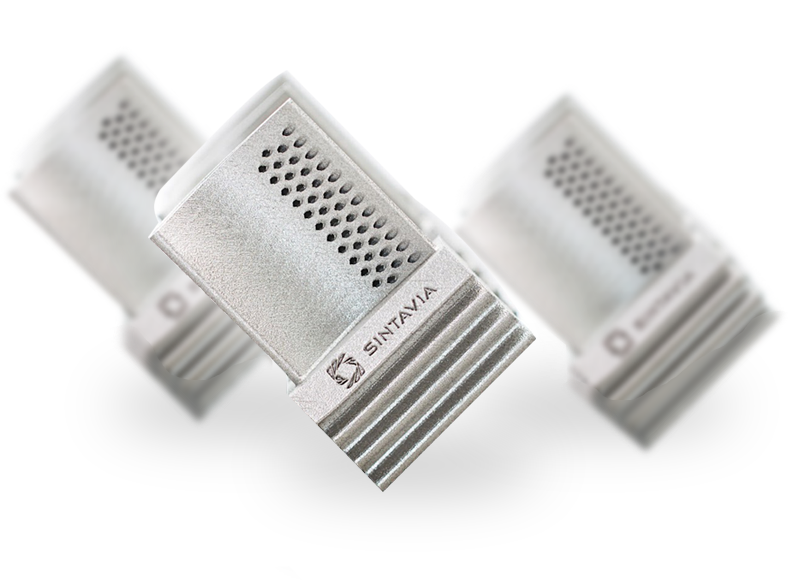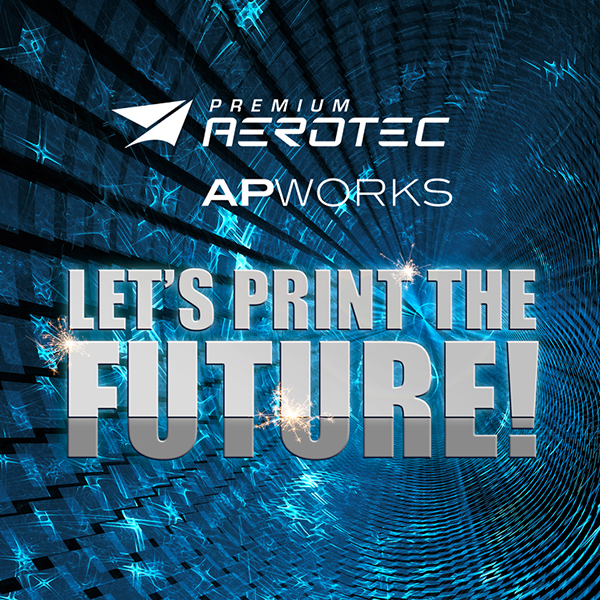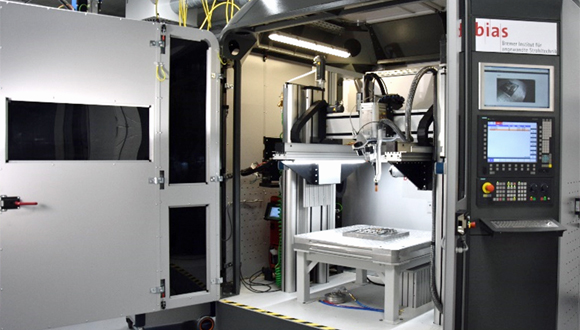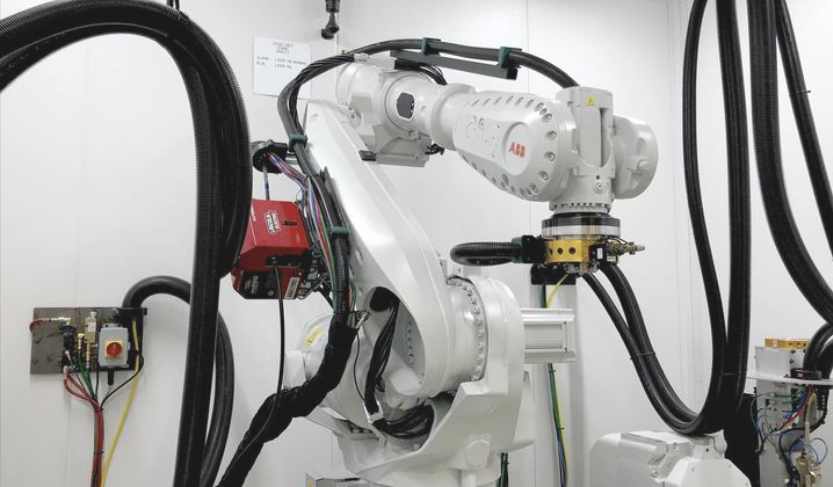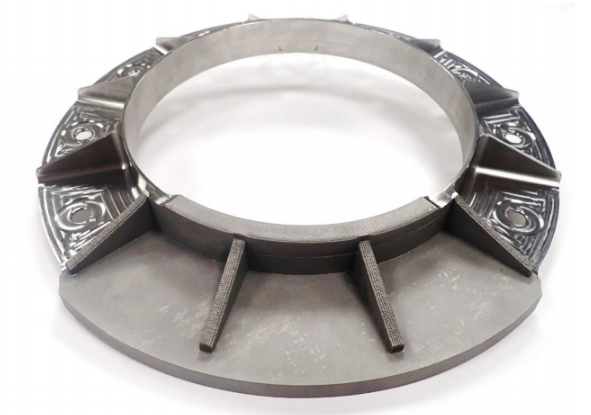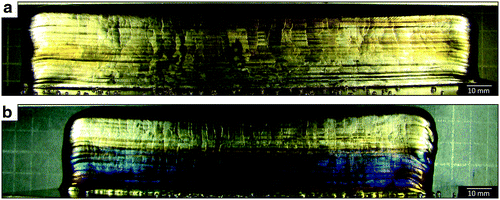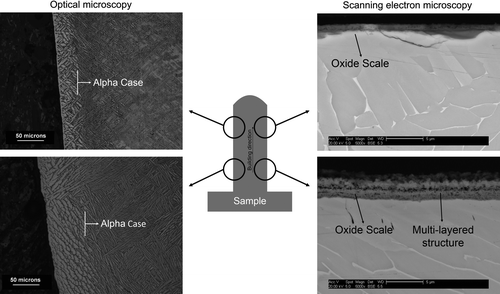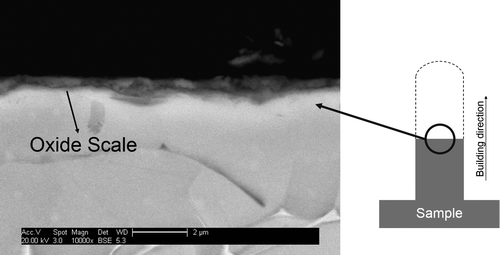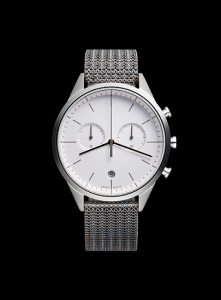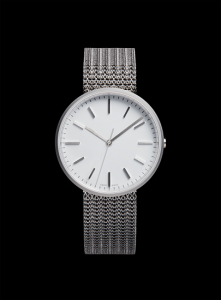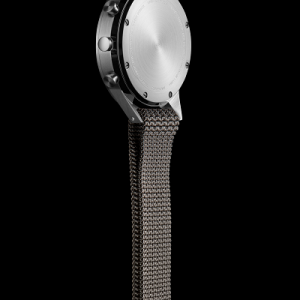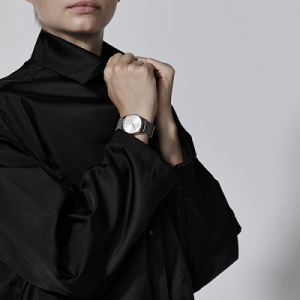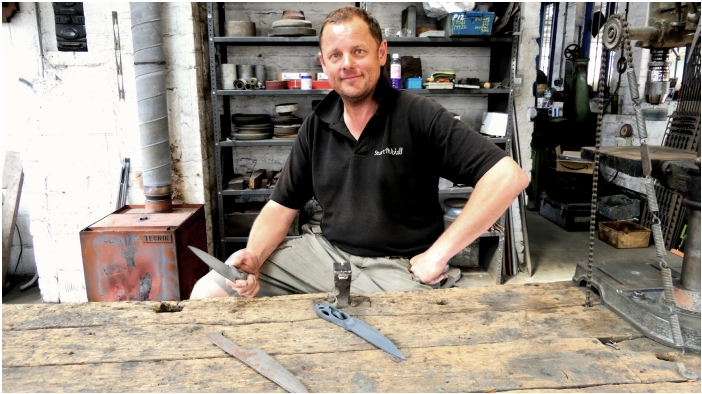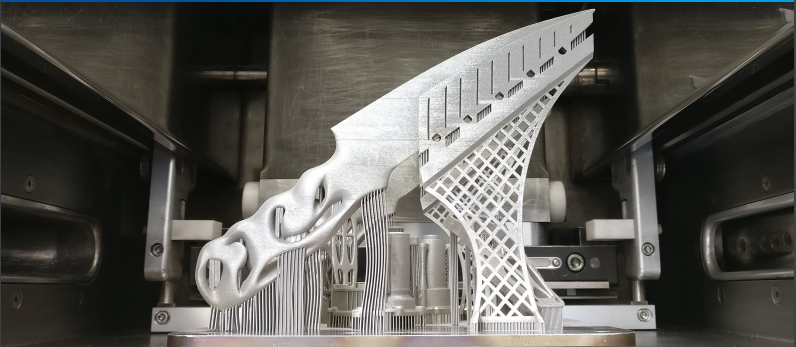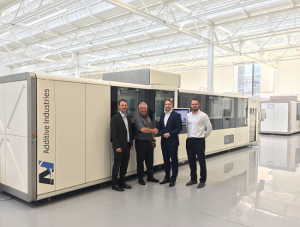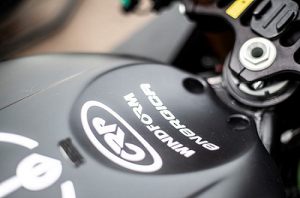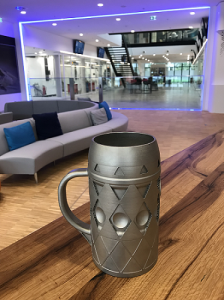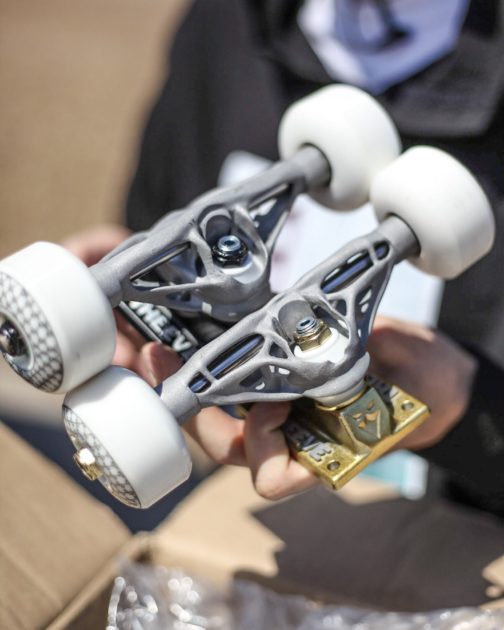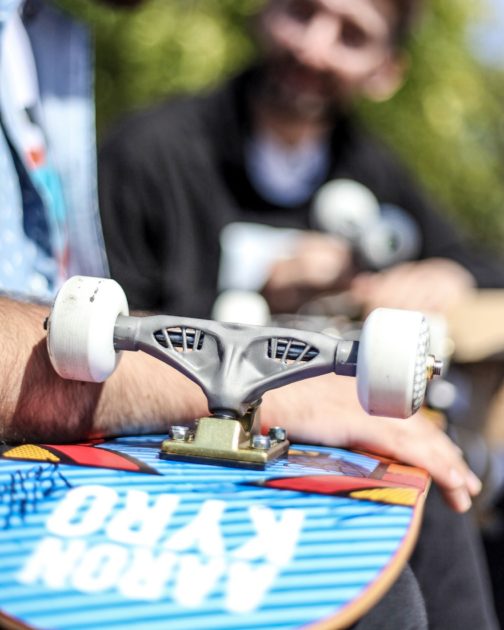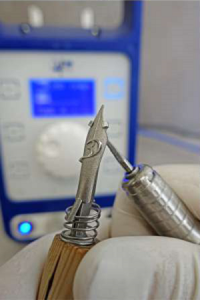Bruno Le Razer probably has the coolest name in 3D printing. He definitely has a lot of 3D printing experience. He has done years of 3D printing research followed by hands-on work in industrializing metal 3D printed parts, machine maintenance and training operators and application development people. People like Bruno are a rare find with hands-on operational leader experience in metal printing a very hot commodity that is very thin on the ground. It was, therefore, quite a surprise that such a metal 3D printing veteran would pop up in bucolic Hobbit land New Zealand. He was working for Zenith Technica, an EBM-based service bureau that made custom prosthetics for athletes and parts for Air New Zealand. Curious about his relocation and about Zenith Technica, we interviewed Bruno.
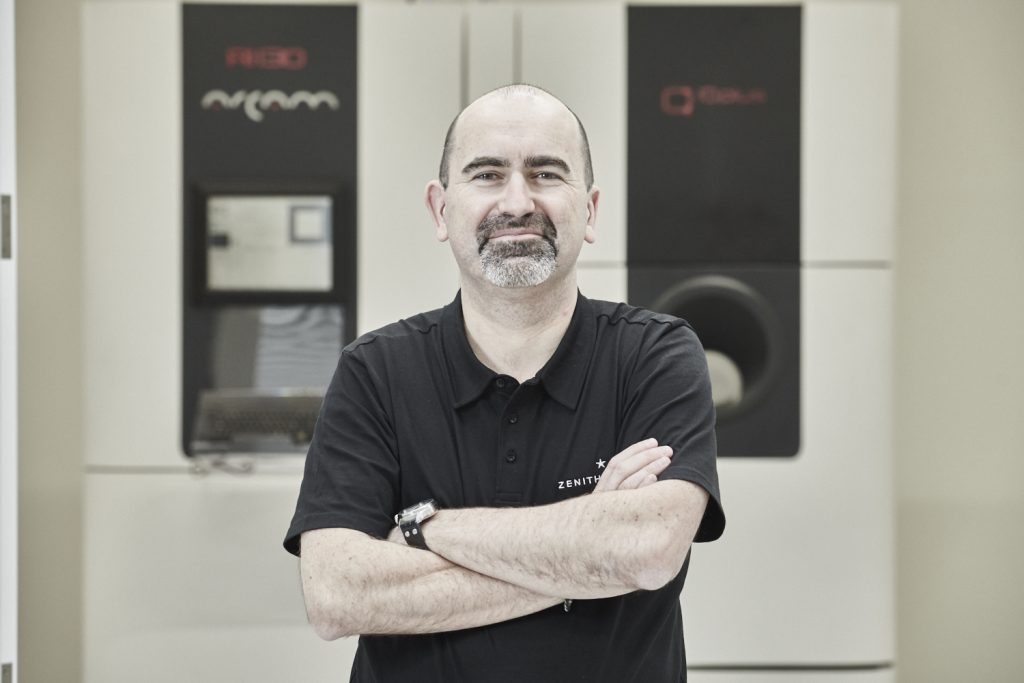
Why did you turn to 3D printing?
I started my career in 3D Printing back in 1998 at the end of my PhD in material science & ceramics with a bit of luck: Trevor Illston, now at Materials Solutions, Siemens Group, asked me if I wanted to work on a new technology called 3D Printing. I couldn’t find any decent position in my field and accepted his offer. For a few years, I worked on R&D projects for the University of Warwick and the Rover Group. I started in metal Additive Manufacturing in 2002 and for the next 14 years, I was involved with EOS, as a customer (three service bureaus in France and in the UK) and as an employee. I worked on most EOS metal platforms, developed/tested most of their materials, trained a lot of customers. In 2016, a family decision resulted in a move to New Zealand and a contract with Zenith Tecnica.
Zenith Tecnica was founded in 2014 by a metallurgist specialised in Titanium who loved the idea of manufacturing parts under vacuum at high temperature and started the first EBM service bureau in Australia and New Zealand.
What technologies do you use?
Because there are so many laser melting service bureau in the world (including one in New Zealand), it made sense to choose another technology which was deemed to give better metallurgical results. The choice was easy: GE Additive / Arcam EBM. We have now two Q20Plus machines, one Q10Plus machine and have purchased two extra Q10Plus machines which will be delivered in the next few months.
What materials do you use?
To avoid any possible contamination, we are focusing on only one material: Titanium Ti64

What are the challenges in 3D printing for aerospace?
The main challenge is qualification: as a supplier for any aerospace customer and also process qualification. We spent two years on the certification process: we are now ISO13485:2016 (medical) and AS1900:D (aerospace) certified. This enables us to talk to any medical and aerospace customer because they know we have the right documentation and processes in place. However, these certifications are only a proof that the documentation is there not that the AM processes are working. In parallel, we worked with one major US satellite manufacturer and one US implant manufacturer to qualify all our machines for space and medical manufacturing. This has been a long, tedious and expensive exercise but the rewards are there now. We have delivered about a thousand qualified flight parts, of which 400 are already in orbit. On the medical front, we are about to start full production of acetabular cups and tibial trays: the first Q10Plus is fully booked for the next three years.

What were some of the challenges in getting parts on aircraft?
At the moment, we have not manufactured any parts for any aircraft. The challenge there is the certification of metal AM parts by the civil aviation authorities (FAA, CAA for example). Some of the manufacturers (Boeing, Airbus, GE Aviation, MTU, SAFRAN) are allowed to certify metal AM parts right from the start but no MRO (Maintenance Repair and Operations) companies are yet allowed to use metal Additive Manufacturing to replace an existing part on an aircraft or an engine. We are working on a few projects but no parts have been certified yet.
For Space applications, each customer can certify their own manufacturing process. in that sense, it has been easier but we still had to prove that the EBM process and machines were capable. We had a few hurdles on the way (regular hardware and software upgrades, non-optimised parameters and properties) but we achieved qualification status back in 2016.
Does 3D printing need more automation?
Certainly. Most commercial metal AM machines are still glorified R&D machines. None of the processes are automated. Powder movement is still manual. Parameters are still being optimised. Turnaround is still tedious. It could take up to eight hours to prepare a machine for each new build for example.

What else is holding 3D printing back?
-
Materials database. For metal, aerospace companies are complaining there is not enough historical data. Data that they have for casting or machining. Therefore, it is very difficult for them to design new parts for AM.
-
Productivity: the metal machines are still too slow. Even with the new developments (multi laser, increase in EBM power), none of the current processes can compete with casting or machining for large production runs.
-
Cost: the machines are far too expensive and too slow. Powders are still too expensive. That leads to high part unit prices.
What new materials would you like to see?
“More refractory and intermetallic materials.”

What are your future plans?
Expansion: the plan is to get more medical and aerospace contracts this year and to raise capital in order to set up a new manufacturing site with more machines (EBM and laser) and equipment (HIP furnace, CT Scanning, machining, testing lab, medical unit (passivation, clean room, packaging).
It seems like New Zealand is a little late to the 3D printing party?
It seems like that from a distance but there is definitely more interest in New Zealand for all 3D printing technologies. For metal, we are growing and the other service bureau is also growing: RAM3D are getting their fifth machine soon. Callaghan Innovation have set-up a 3D printing unit called AddLab with a primary objective to develop 3D printing activities in New Zealand. Most universities have got machines and research programs. The latest being Olaf Diegel at the University of Auckland.

